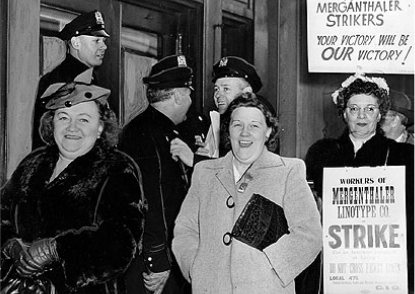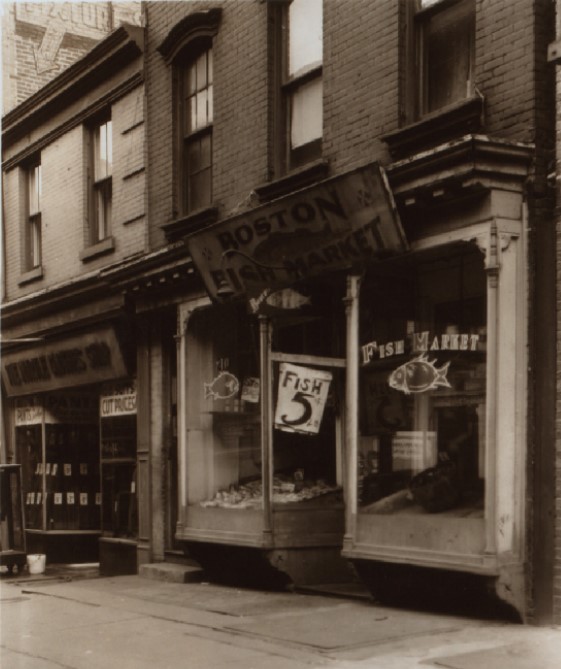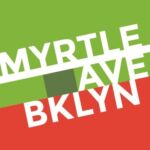Wallabout Historic Districts

The Wallabout neighborhood, comprised of historic and rare residential and industrial buildings, was beginning to see development pressure in some areas over the past decade. As a result, we began to work with local residents on ways to help preserve the area’s unique historic architecture and promote sensitive economic growth. We work closely with the Historic Wallabout Association on planning and preservation initiatives, such as a rezoning and designating historic districts, that will help preserve the area for the future, as well as promoting the area’s history to current residents and visitors.
Wallabout is roughly bound by Myrtle Avenue to the south, the Brooklyn Navy Yard to the north, and Carlton and Classon Avenues to the west and east, respectively.
Activities and Accomplishments
2005: We helped form the Historic Wallabout Association (HWA), a group of neighborhood residents concerned with preserving the area’s historic character. MARP and the HWA worked together to explore the creation of several Wallabout historic districts. Through a grant from the Preservation League of New York State, we hired Professor Andrew Dolkart to complete a Wallabout Cultural Resources Survey of the neighborhood. From the report, it was recommended to nominate two historic districts to the State and National Registers of Historic Places, and propose a smaller district to be locally designated by the New York City’s Landmarks Preservation Commission (LPC).
2011: The four-block Wallabout Historic District was added to the State and National Registers of Historic Places and the local Wallabout Historic District solely along Vanderbilt Avenue, between Myrtle and Park Avenues, was designated by the LPC.
2012: The five-block Industrial Wallabout historic district was added to the State and National Registers. Landmarks markers were added by New York City to the Wallabout Historic District. We released the Wallabout Homeowner’s Preservation Manual, a resource for local property owners to help them steward their historic properties.




